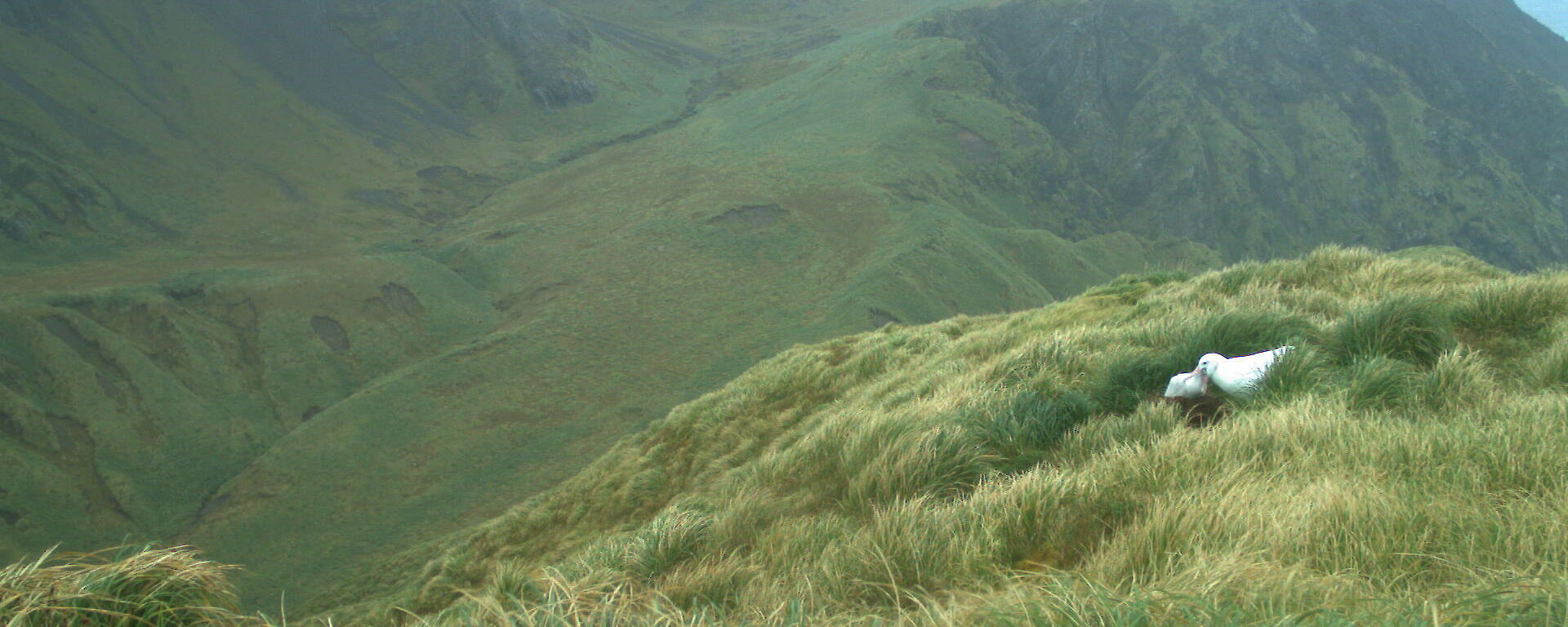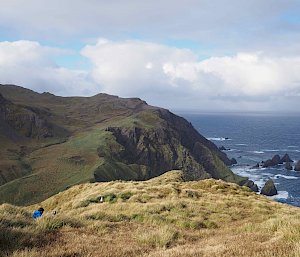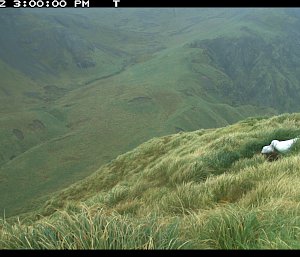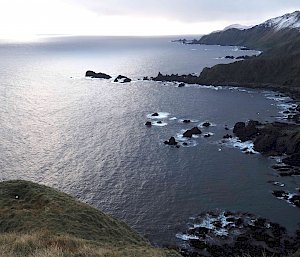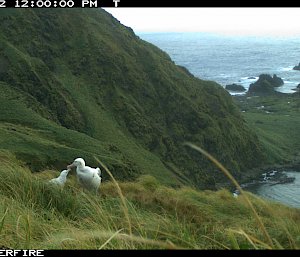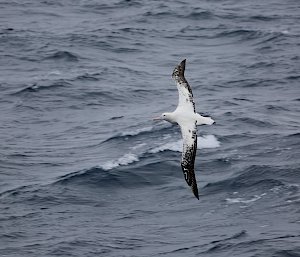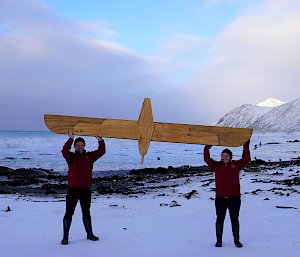World Albatross Day aims to increase awareness of the threats, particularly the risk of bycatch by fishing operations, that continue to be faced by albatrosses, petrels and shearwaters. The event was established by the Agreement on the Conservation of Albatrosses and Petrels (ACAP; to which 13 countries have joined, including Australia). It is held annually on 19 June, the date the original Agreement was signed in 2001.
To celebrate World Albatross Day at Macquarie Island this year, the Tasmania Park and Wildlife Service rangers Andrea and Jarrod have crafted a life-sized wandering albatross (Diomedea exulans) sculpture. On Sunday, ‘Barbara’ will fledge to the main living area on station and then double as the centrepiece decoration for the midwinter celebrations the following week.
Measured by wingspan, wandering albatross are the largest living bird in the world. Their wings span between 2.5 and 3.5 m, allowing them to dynamically soar above the oceans of the south. They typically forage by surface seizing fish and cephalopods such as squid, and only visit land to breed.
Macquarie Island provides critical breeding habitat for Australia’s extremely small wandering albatross population. This year there are 6 wandering albatross chicks on the island. The nests are all located in very remote and spectacular locations: 5 are in the rugged south‑west corner of the island and the other nest is on the north‑west coast. The chicks hatched at the start of the year and will live at their nest alone, including through the sub‑Antarctic winter, until it is time to fledge at the end of the year. Remote cameras are located at each nest to non-invasively monitor the breeding ecology of the birds.
The successful eradication of rabbits, rats and mice from Macquarie Island (the Macquarie Island Pest Eradication Project, declared a success in 2014) has helped restore the quality of albatross breeding habitat, most evident through the recovery of the tussock vegetation. The removal of these invasive pests also means there is no possibility of them having an impact on breeding birds and chicks.
In addition to wandering albatross, Macquarie Island Nature Reserve and World Heritage Area is home to 3 other albatross species (light-mantled, black-browed, and grey-headed albatross) and many petrel species. The conservation of these species is of Tasmanian, Australian and international significance.
Jarrod (Wildlife Ranger)

